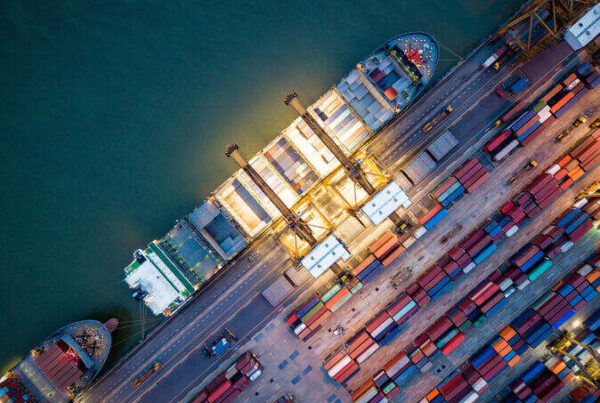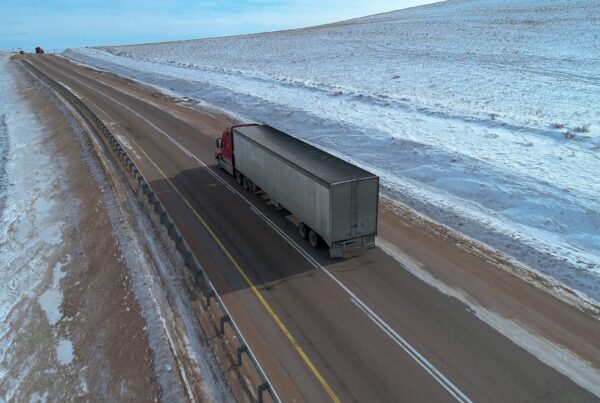Understanding Cold Chain Logistics in the U.S.
Cold chain logistics are a special segment of the supply chain involved in maintaining controlled temperature conditions for certain products. As the cold weather sets in, businesses face a new challenge: keeping their products safe and fresh. With temperatures dropping, it’s more important than ever to have a reliable cold chain management system. In industries such as food, pharmaceuticals, and biological products, this is one of the critical logistical processes, as even slight temperature changes may lead to the deterioration of these products. Winter brings its share of complications with cold weather, complicating it further in keeping these products at their required temperatures through the different stages of the supply chain.
Operating a cold-chain business in the winter can be like navigating a tricky maze. There are a lot of special challenges to overcome, from keeping things cold to dealing with icy roads. Snowstorms, ice roads, and freezing temperatures have the potential to paralyze transportation, cause delays, and undermine temperature-controlled environments. All companies rely on cold chain logistics, so keeping an eye on changing weather and responding quickly can be tricky. Keeping the cold chain intact during winter is key to ensuring products stay safe and high-quality as they travel to consumers across the country.
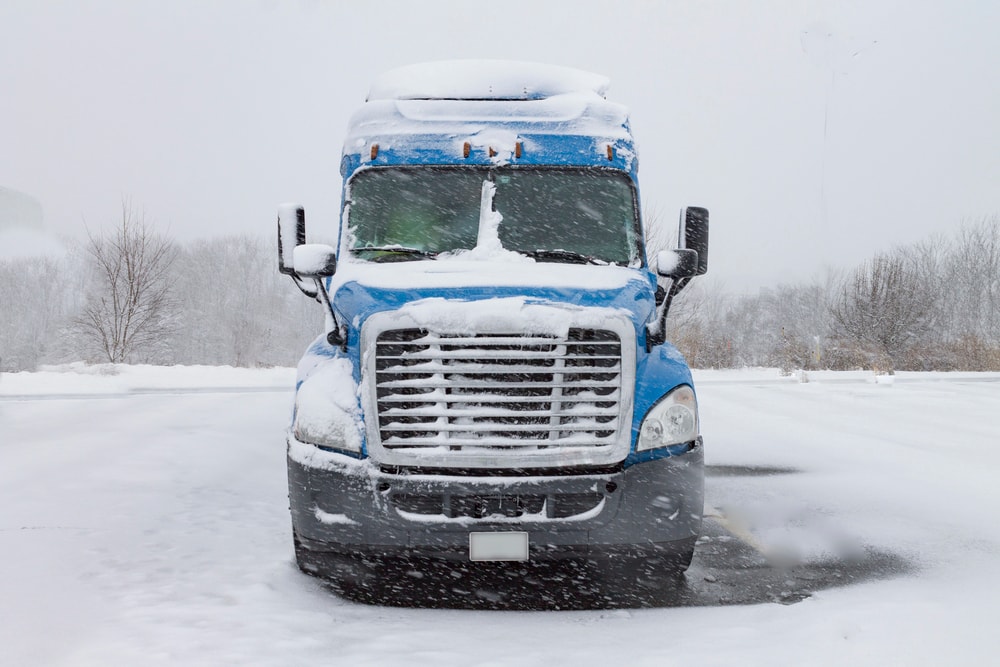
How Winter Conditions Challenge Cold Chain Logistics
Winter weather brings challenges to cold-chain logistics because the cold temperature and fluctuating humidity disturb the fragile balance needed to move temperature-sensitive products. Cold-chain equipment is designed to maintain stable ranges of temperature, the extra-cold temperatures of winter put added pressure on those systems, resulting in sudden changes that can compromise the quality of goods. It affects each stage of the supply chain, from initial storage to transportation, which has to be closely monitored and adapted so that products can stay within safe temperature ranges despite the season’s unpredictability.
Temperature Control and Monitoring: Keeping Products Safe
Real-time temperature monitoring helps maintain the integrity of various temperature-sensitive products across the supply chain. Cold chain shipping providers are well-equipped in terms of tools and technology to handle any particular temperature specification, from portable cooling units to gel packs, dry ice, and refrigerated trailers. These items keep your goods at the right temperature until they reach their destination. These solutions maintain the internal temperature within the range required by items not to spoil or get damaged and give confidence to businesses and consumers. At the same time, goods make their journey from point A to B.
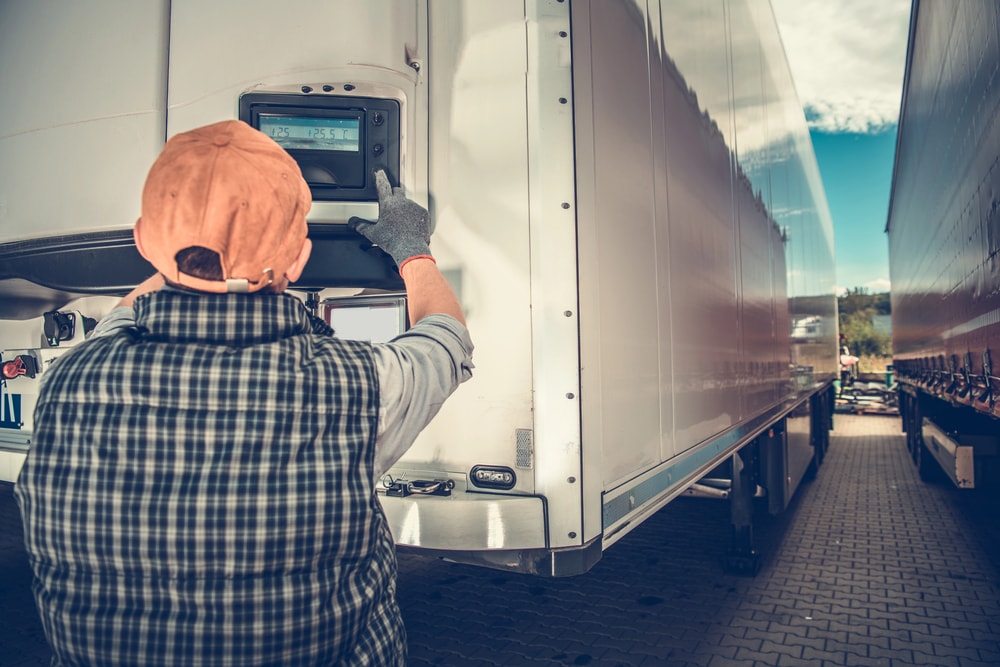
Cold Chain Packaging: Safeguarding Products During Winter
Cold chain packaging is important to protect sensitive products from extreme winter temperatures. Certain items, such as perishable foods and pharmaceuticals, could lose their integrity. Leading the way are things like insulated containers, thermal packaging, and gel packs. They act like little shields, keeping everything stable and safe on the journey.. Recent innovations include the use of Eutectic Plates and liquid nitrogen for furthering the winter resilience of cold chain logistics. This is a really practical solution that keeps things fresh and extends their life while they’re on the move.
Managing Cold Chain Logistics in Various Industries
The cold chain logistics in the winter season serve a major purpose in maintaining product quality, especially for industries such as food and beverages, pharmaceuticals, and biotechnology. With extreme and erratic temperature conditions, cold storage and refrigerated road transport have become increasingly important. Fresh produce and dairy products require stable, cold conditions to retain their freshness and not spoil during transport. Similarly, for Pharmaceuticals and Biological Products, temperature controls are crucial to their integrity and effectiveness; cold-chain logistics are important to successful delivery.
Refrigerated vehicles and storage facilities provide controlled environments necessary for these industries to face the winter. Cold chain logistics companies know very well that product quality depends on how well they can respond to changes in seasons and, therefore, proper planning and constant monitoring are key. Advanced refrigeration systems and dedicated transport solutions allow logistics services to protect temperature-sensitive products against deterioration and help companies deliver quality merchandise even in extremely unfavorable conditions.
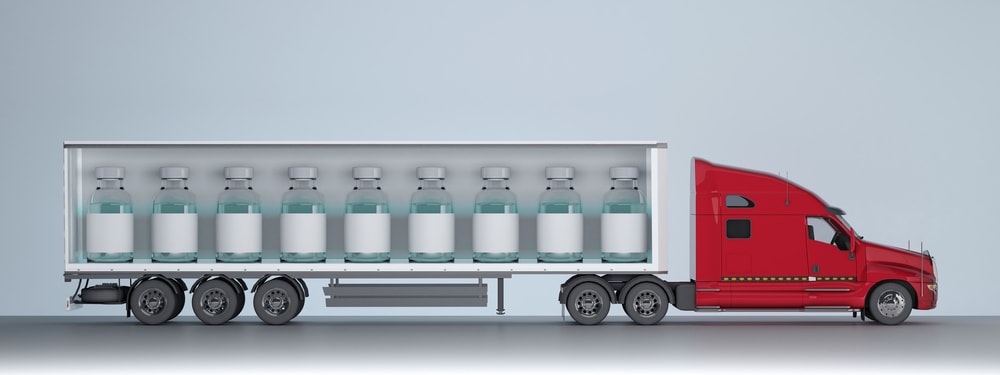
Winter and Supply Chain Disruptions: Solutions and Contingency Planning
Winter can be a real headache for supply chains. With sudden cold snaps and unpredictable weather, it’s like trying to navigate a stormy sea. Delays and temperature swings can pop up out of nowhere, making it hard to keep things on track. Poor management could easily lead to spoiled products. The implementation of good chain management practices and standards for regulatory compliance helps companies sustain product safety and preserve their integrity. Winter can indeed be a challenge for cold chain companies, but with just a little planning and close monitoring, they can continue their smooth operation.
The Role of Technology in Winter Cold Chain Logistics
In cold chain logistics, technology helps during winter to protect temperature-sensitive products from harsh weather conditions. Logistics companies are embracing the future of cold chain with solutions like real-time monitoring and automation. These tools are giving them control over the entire process. This approach gives companies peace of mind knowing that their shipments are being monitored closely. If anything goes wrong, they can take immediate action to save the day. This capability is crucial, especially during winter when fluctuations in external temperatures can be dangerous to products such as pharmaceuticals or fresh foods. This technology can guarantee quality and safety, even in severe winter conditions.
This is where the technology truly proves its value: one company managed to get medical supplies out to remote areas, even through tough winter conditions. They implemented real-time sensors and auto-alerts within their cold chain, allowing them to reroute quickly in case of impending snowstorms or freezing temperatures during transportation. These systems allowed timely rerouting and quick changes whenever there was any fluctuation in temperature, minimizing spoiled goods and financial loss. This is the kind of technology-driven approach that is increasingly becoming standard, as companies recognize the value of continuous monitoring in maintaining an unbroken cold chain through winter’s unpredictable challenges.
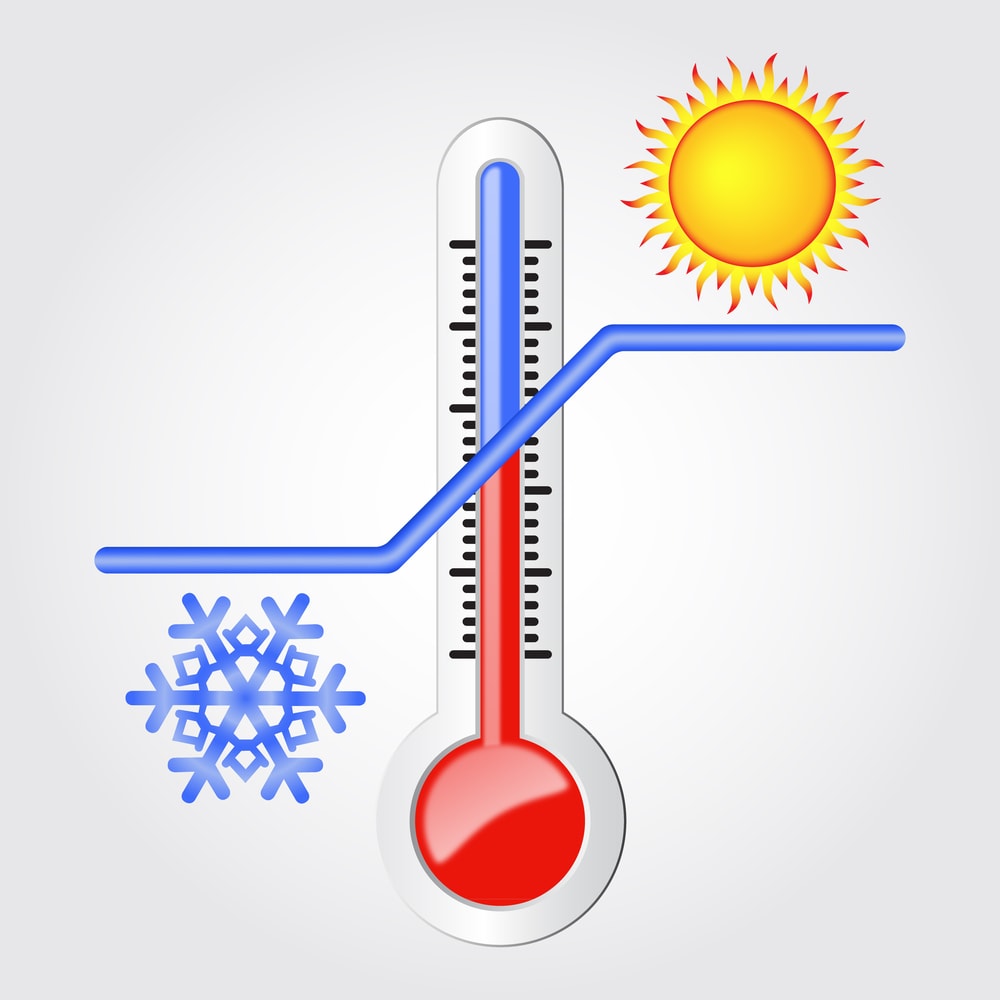
Ensuring the Cold Chain Thrives During Winter
Cold chain logistics plays an important role in the safe and proper delivery of temperature-sensitive goods, especially in winter. With a bit of planning and careful execution, companies can overcome the challenges of winter and ensure their products arrive in perfect condition. It’s all about staying flexible and adapting to the changing conditions. We’re committed to delivering excellence and protecting your valuable products.
With ShipEX Logistics as your partner, you can rest easy knowing that your cold chain shipments are in good hands. We have the expertise and the resources to handle even the most extreme winter conditions. By leveraging our knowledge and experience dealing with cold chain logistics, shippers can have confidence in the level of service required to continue to thrive throughout the winter months.


